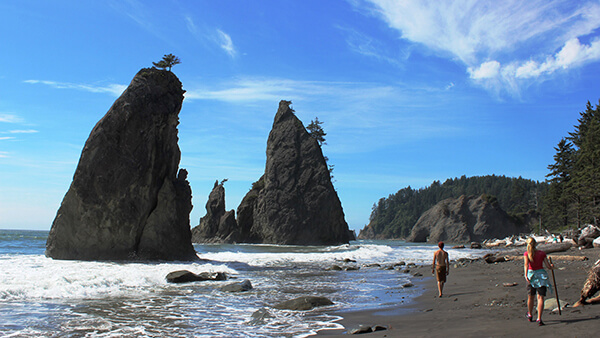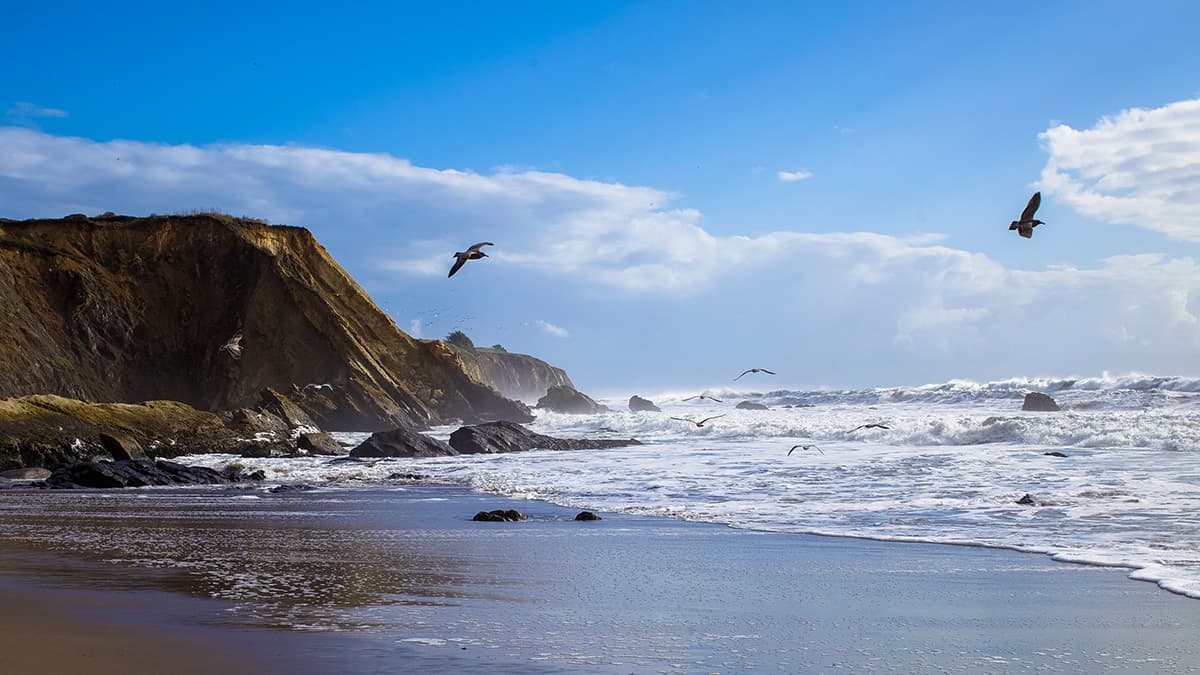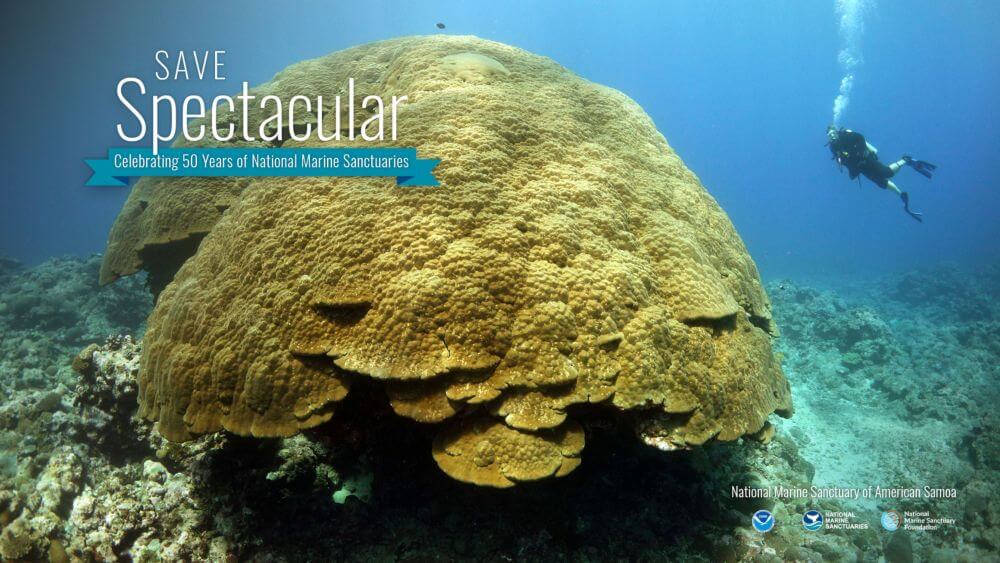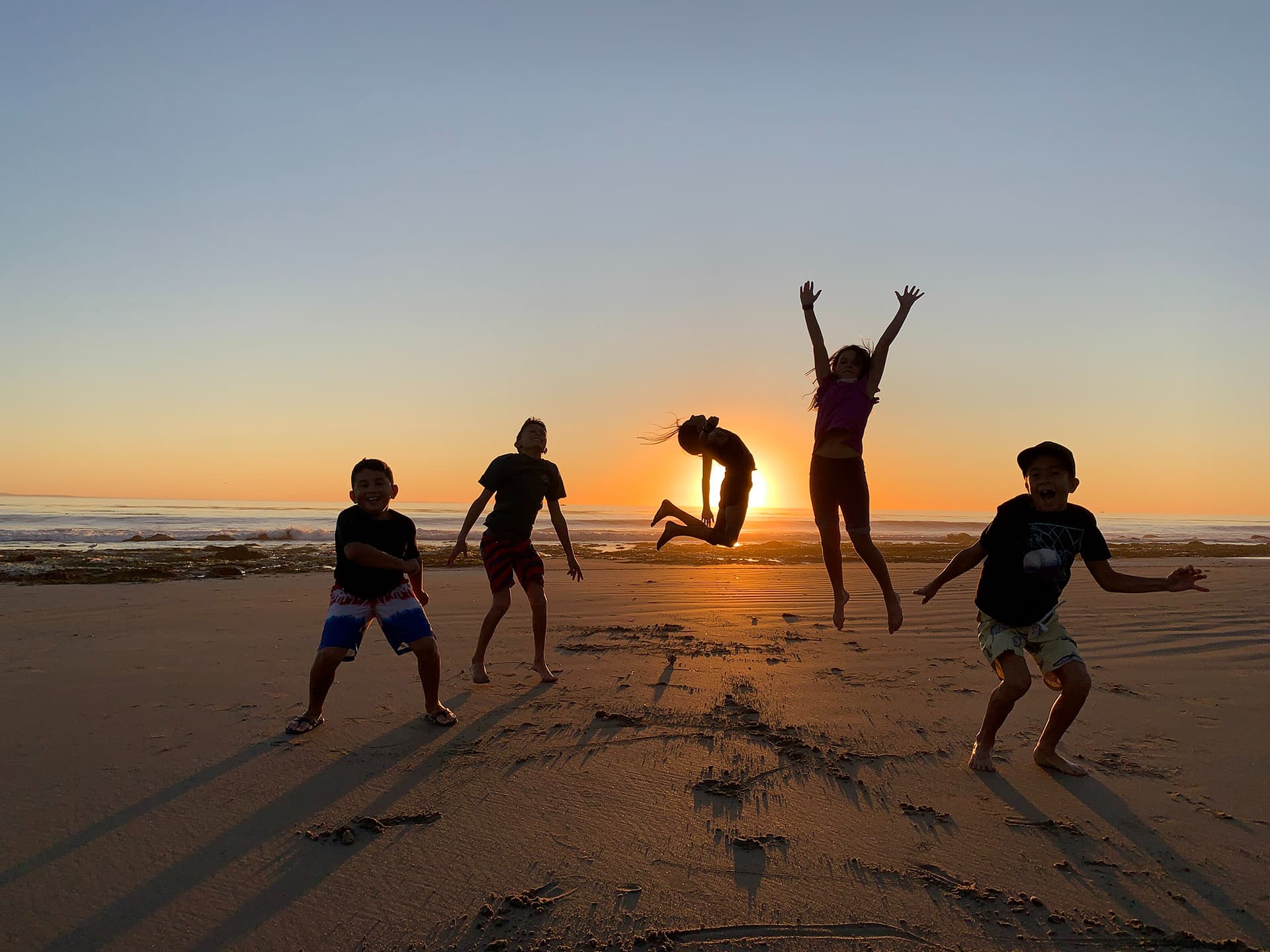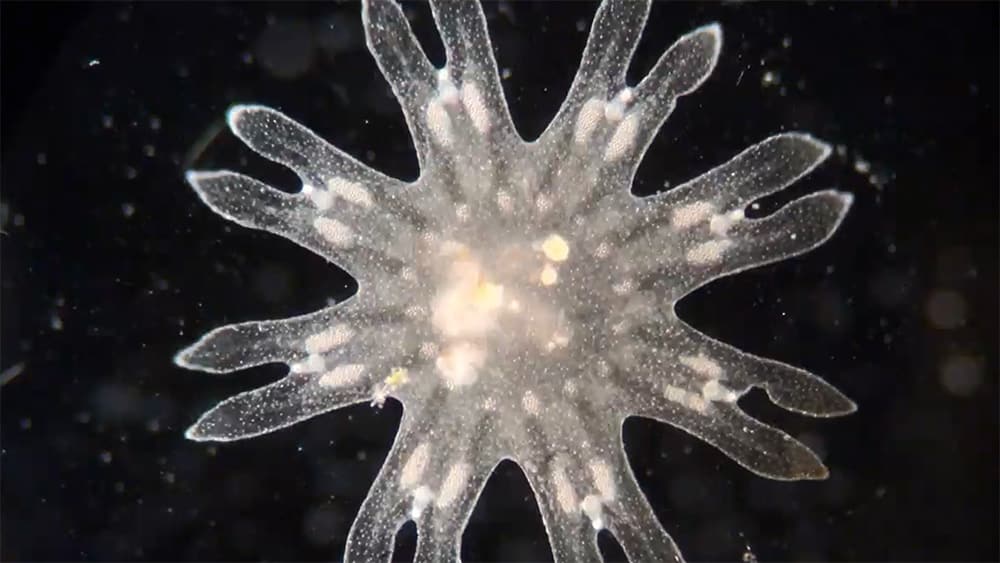National Marine Sanctuary System Timeline
Over fifty years ago, the U.S. ushered in a new era of ocean conservation by creating the National Marine Sanctuary System. Since then, we’ve grown into a nationwide network of 15 national marine sanctuaries and two marine national monuments that conserve more than 620,000 square miles of spectacular ocean and Great Lakes waters, an area nearly the size of Alaska. Sanctuaries connect people and communities through science, education, and stewardship.





